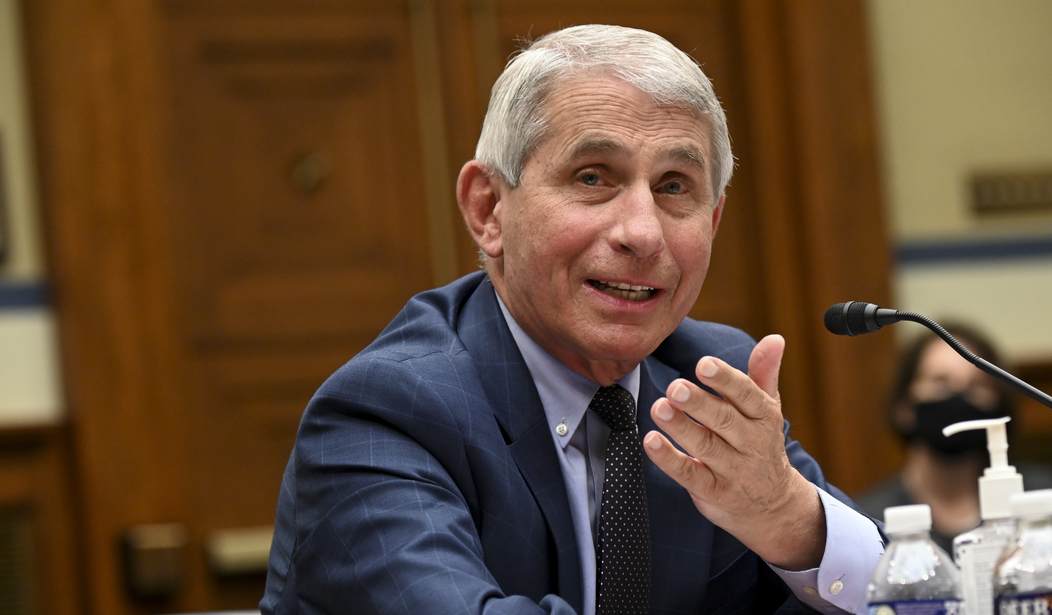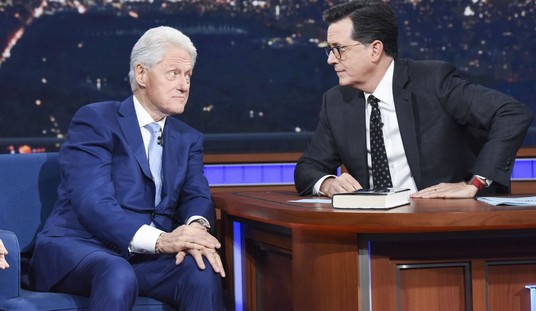There’s been lots of talk about “herd immunity” again, and, as usual, once it’s filtered through the galaxy brains in the major media, it has been more confusing than useful. So, let’s talk about what “herd immunity” means and how it affects the reality of the COVID-19 epidemic.
To start with, let’s get a little terminology straight, which will be harder than it sounds because the terminology isn’t completely consistent anywhere.
We’re going to start with a (presumably large) population of individuals. In this population, there is some proportion of people who are susceptible to a communicable disease, and some who are not, with the observation that it’s possible for this to be 100 percent/0 percent or 0 percent/100 percent.
So, if you imagine this really special situation in which we have that 100 percent susceptible population, you assume that the population is perfectly mixed – like a giant cocktail party, everyone is in close contact with everyone else — and you wait long enough for everyone who will develop an infection to have developed an infection. You then look at that whole population, and you can estimate how many new infections came from each person who has been infected. This number is called the basic reproduction number, or R0 (read “R naught.”).
Anyone who read my piece on when we’ll know when the COVID situation will be over last year and remembers that long ago will notice that this is going to vary a little from the definition I was using there. This is because I used the definition from Jones. The difficulty is that R0 is an estimate for a very specific artificial situation.
A more useful measure is Rt, or the reproduction number of a specific population at time t. We’ll come back to that in a bit.
R0 is the special case where everyone is susceptible and everyone is exposed to that first case more or less simultaneously. There’s an opposing special case where no one is susceptible at all.
It may seem obvious, but when no one in the population is susceptible, then the disease never gets a toe-hold. The only reason to mention that case is that this is also the strongest possible form of herd immunity. The whole herd is immune, R0=0.
In between, we have the usual situation where some people are naturally immune, some people are immune because they acquired COVID and recovered (or died, removing themselves from the population), some people are immune because they were vaccinated, and some people are still susceptible. Then we can usefully talk about Rt and what we’re looking for is to reduce Rt as much as possible.
That’s where we are now. So here are some facts about herd immunity that rarely seem to be understood.
First, herd immunity isn’t some magic switch that turns on and suddenly no one will get COVID again, any more than the fact that we’re pretty much at herd immunity for measles means no one will get the measles again ever. Herd immunity is only the condition when an infection is not going to lead to a new epidemic.
Second, every resolved case is progress toward herd immunity. Whether you’re naturally immune, had COVID and recovered, have been vaccinated and are immune, or died (your family is in our thoughts) you’ve been removed from the susceptible population and won’t be passing it along to anyone else.
All of these things are stating statistical properties: They are statements about the likelihood of something happening over a whole population. Rt, the number of probable subsequent infections from a single case is lower when the epidemic abates: by definition, it’s no longer an epidemic when Rt < 1.
It doesn’t mean that when we have herd immunity there will be no more cases.
What will happen is that at some time in the future, the number of new cases will get down to a small number, and the number of hospitalizations and deaths will follow.
There is no way to ever guarantee that there will never be another case of SARS-CoV-19 infection. Anyone who tells you there is, is either a fool or a liar, and anyone who conditions going back to normal on no more COVID is telling you they don’t plan on going back to normal ever.










